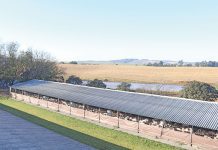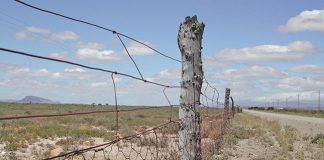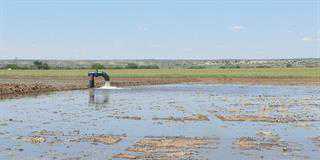The hot water cylinder (geyser) is often fingered as the largest consumer of energy in a home. The Eskom website claims that it is responsible for as much as 60% of monthly consumption. However, there is a readily available alternative to the hot water cylinder: the heat pump.
A heat pump works on the principle of reverse cycle heating. Think of an air conditioner as a device that removes heat from a room, and rejects this heat outside. A heat pump does exactly the opposite: it removes heat from the outside and rejects it into the water. And because the heating is achieved through a refrigeration process rather than electrical resistance, it is more efficient.
The coefficient of performance (COP) for a hot water cylinder is 1, whereas the COP for a heat pump is around 3. This means that there are 3kW of heating for every 1kW of cooling.
A heat pump should be installed in a well-ventilated area, and the piping should be well insulated. Beware of fly-by-night suppliers; rather spend a bit more on purchasing a product from a reputable supplier.
Choose the right system for your conditions
Heat pump systems should be designed specifically for your application. The way in which you use hot water – small quantities for longer periods, or a large quantity in a short period – has a direct influence over the system configuration.
A heat pump’s efficiency is affected by the ambient temperature, the desired water temperature, and the altitude.
When ordering the device, make sure that the sales representative selects the correct heat pump for your conditions, otherwise you might end up with an undersized or oversized heat pump, neither of which will save you money.
- The correct size for your requirements
A hot water cylinder is designed to heat water up to about 65°C. By storing water at a higher temperature, the storage vessel can be smaller, and the use of a large heating element means that the hot water will be replenished in a short time.
In a typical heat pump system, the water is heated to only 55°C or less, and is typically sized to heat the water over a longer period, depending on your application. If your heat pump is oversized, it will short-cycle, which may lead to mechanical failure.
Ask for professional assistance to ensure that your heat pump and hot water storage vessel are correctly sized for your application.
Other factors to consider
If you retrofit a heat pump, using your geyser as a storage vessel, remember to switch the latter off. In some larger heat pump installations, an electrical element is added in the hot water storage vessel to provide backup heating in the event of heat pump failure, and also to heat the water periodically to above 65°C to kill any legionella (bacteria causing legionnaires’ disease) that may be present.
There are numerous accounts of an electrical element being used and the heat pump hardly operating. Although a heat pump is more efficient than a geyser, it is theoretically possible for a heat pump installation to have higher running costs.
As heat pumps have more moving parts, they require regular maintenance and many also require a pump that circulates the water from the heat pump to the hot water storage vessel. This pump runs continuously. If your hot water consumption is very low, a heat pump will cost you more than a conventional geyser.
If all the right boxes are ticked, a typical heat pump installation should pay for itself in as little as four years. However, if the wrong solution for your application is used, you will end up with a very expensive device that generates mostly noise.













